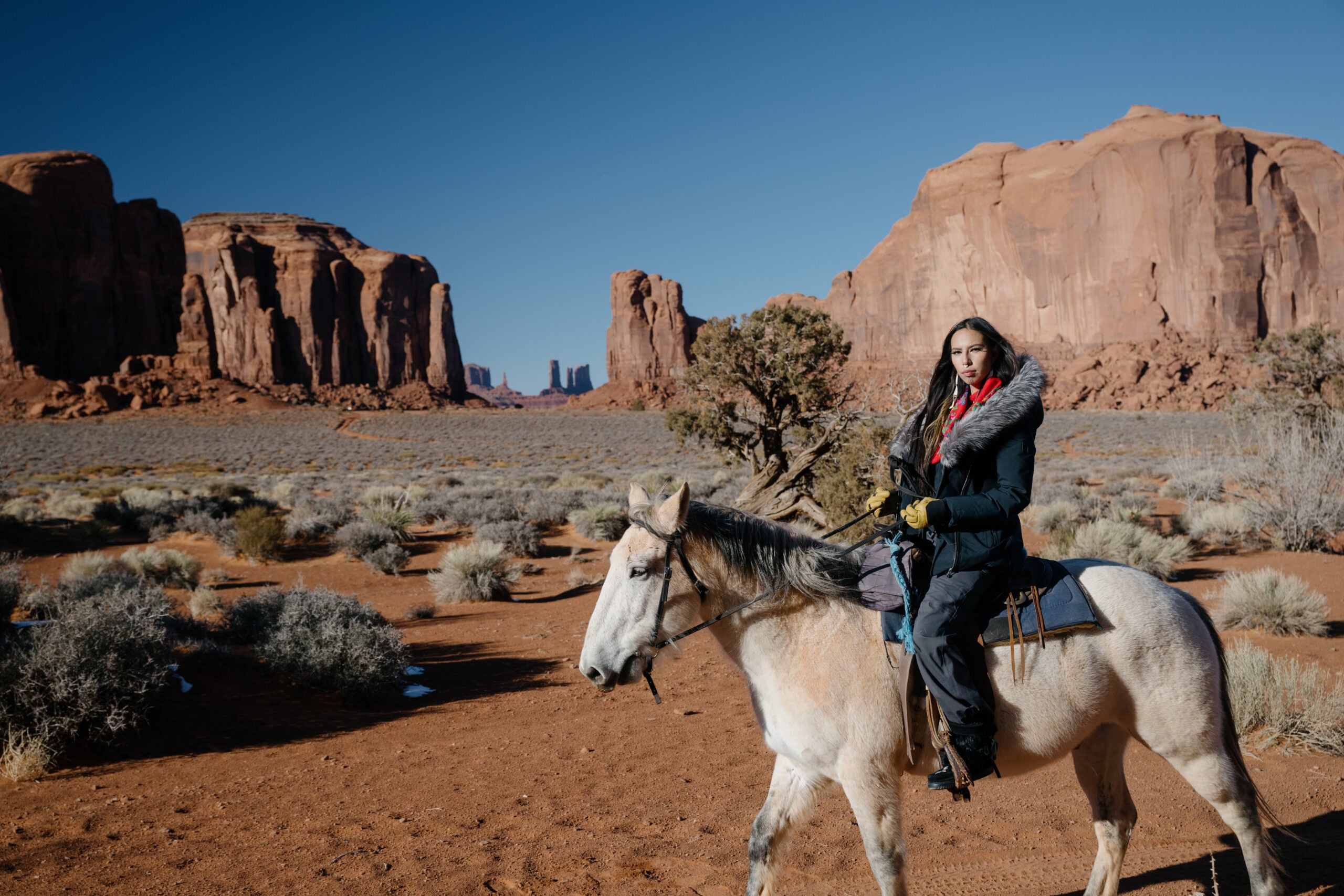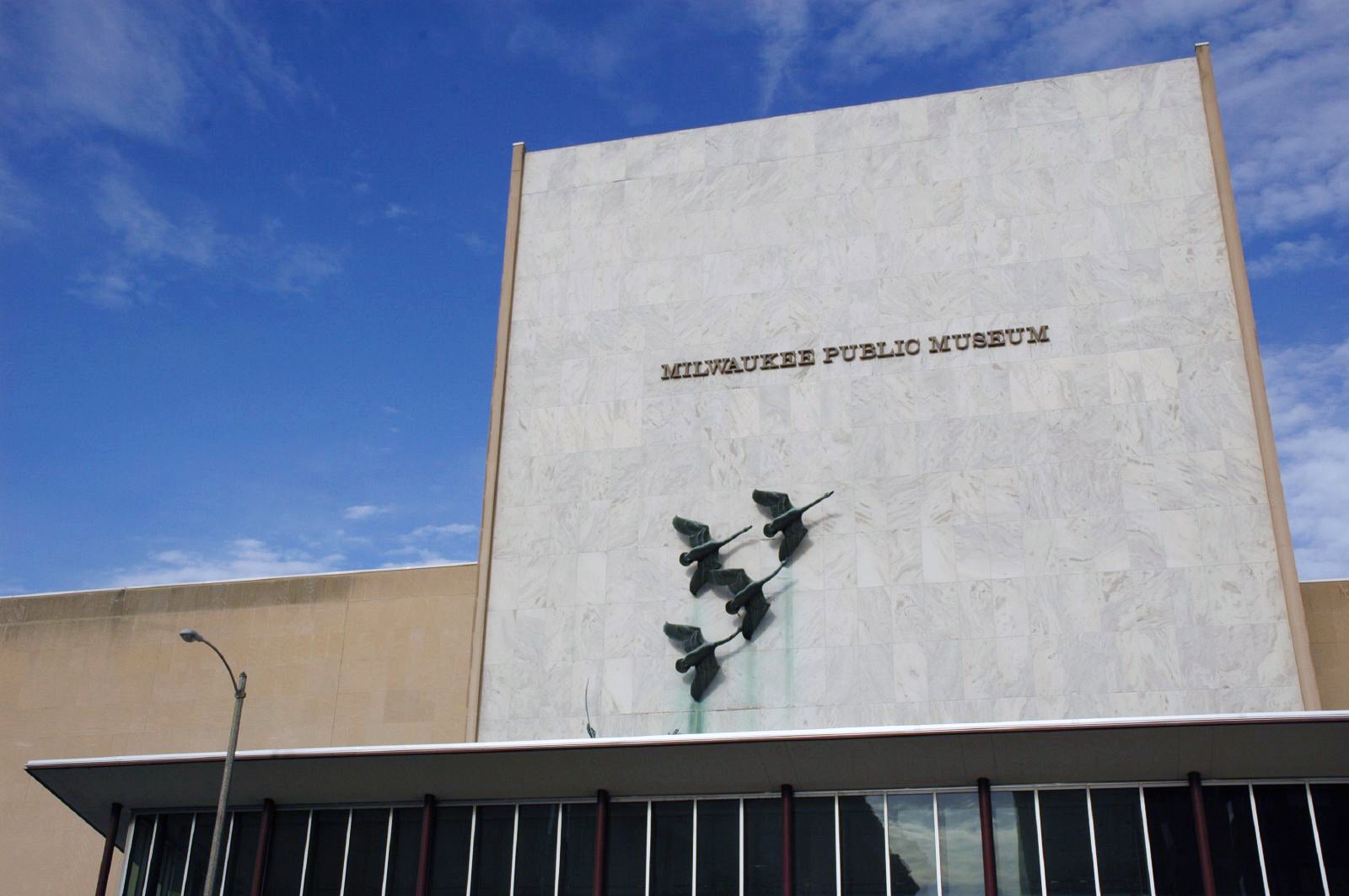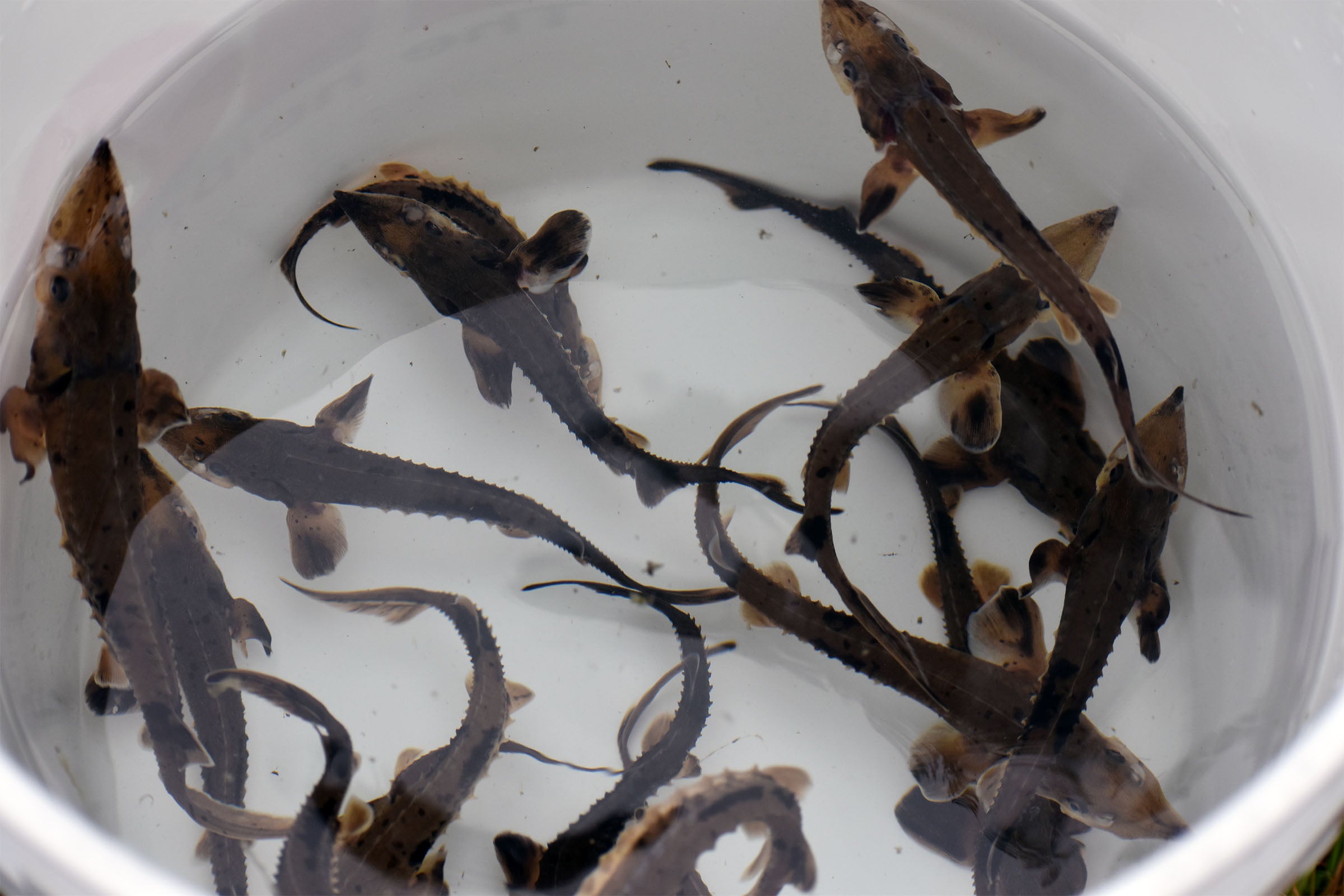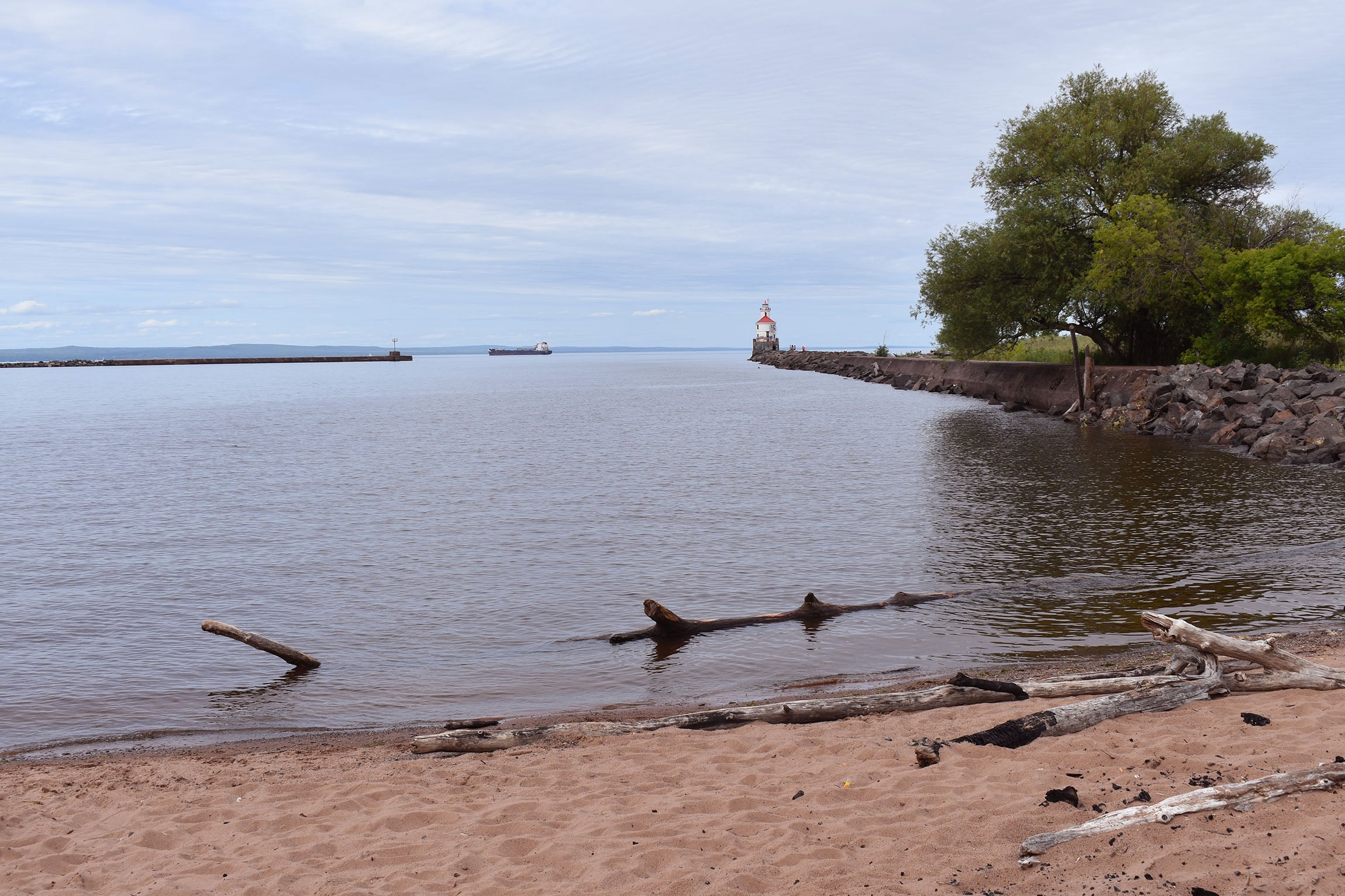Whether she’s dog mushing in Alaska or turning heads at the Met Gala, supermodel Quannah ChasingHorse is the new face of Native fashion — and the next generation of Native land rights.
Raised near Eagle Village, Alaska, she’s Hän Gwich’in on her mother’s side and Oglala Lakota on her dad’s side. She grew up hunting and fishing in the Arctic wilderness — and also dreaming of a career in modeling and fashion.
At the time, it seemed an unlikely combination but today ChasingHorse, 22, is both a climate activist and Native land protector — and a frequent presence on fashion runways for brands like Chanel and Gucci.
News with a little more humanity
WPR’s “Wisconsin Today” newsletter keeps you connected to the state you love without feeling overwhelmed. No paywall. No agenda. No corporate filter.
She is an uncompromising advocate for Native visibility, from her traditional face tattoos to her advocacy for Indigenous designers. Lately, she’s been branching out into film — narrating (with Edward Norton) the recent documentary “Bad River,” and starring in her own documentary short, “Walking Two Worlds.”
Anne Strainchamps caught up with ChasingHorse recently on “To The Best Of Our Knowledge” to talk about Native land rights, modeling, and what it’s like to walk two worlds.
Anne Strainchamps: In getting ready to talk with you, I was really struck by a cover shoot you did for “National Geographic.” You’re wearing a black parka with a furry hood and a skirt decorated with images of Native children.
You’re standing in front of an iconic red rock butte, staring straight into the camera, and there’s a look in your eyes that I keep thinking about, but can’t quite describe. This must have been at the end of a long day, when you were steeped in the landscape and in the stories of the people who still live there. What were you thinking?
Quannah ChasingHorse: Honestly, I really think it was my ancestors speaking through me. I’ve gotten that a lot, actually, and it’s hard for me to pinpoint what exactly is coming through, but I feel it. I feel this energy.
When we were shooting, I genuinely felt the presence not just of my ancestors, but of my little brother and his lineage and ancestors there, and it reality spoke to this vision of how we are not separate from the land. We’re not above or below nature; we are in nature. So in that moment, I felt my ancestors looking through me and I just kind of embodied that. It was so, so grounding.
AS: You were lucky enough to grow up in Alaska, with a strong connection to Native lands and sacred places. I know that your mom raised you in a traditional way. What did that look like, in practice?
QC: My mom raised my brothers and me as a single parent, and at first we were homeless. She really struggled trying to provide for us, but she was able to, all by herself. It meant being raised really close to the land.
We lived out in the bush, in a log cabin, and my mom had a dog team. I grew up dog mushing. I grew up hunting and fishing because we didn’t have money to go to the store — and because there were only one or two stores anyway, and they were miles and miles away.
AS: What kind of hunting and fishing?
QC: Caribou hunting. Moose hunting. Fishing for salmon. When you’re living out in the bush of Alaska, it’s all about survival. I mean, there were nights when we were afraid my mom wasn’t going to come home because she had a really dangerous job.
So she made sure my brothers and I knew how to take care of each other. She taught us how to cook and clean, and made sure we had the skills to survive in this world — and not just in our traditional way of life on our lands out in Alaska.
She made sure we could also show up and perform in today’s society, outside of the bush of Alaska, in the city. She made sure we understood both. And yeah, walking two worlds can be tricky, but having a great community around you makes it a lot easier.
AS: Which brings us back to your career as a fashion model. Given the way you were raised on the land and your deep sense of connection to it, fashion seems like an anomaly. But maybe not. Do you see part of your mission as redefining beauty?
QC: Yes. That’s one of the biggest things for me because a lot of people don’t even realize that Native people were always very fashionable. Every tribe had different regalia, different hairstyles, different ways they’d show up in other communities. Like in Alaska, the messengers that were sent to trade with other Native communities would stop about a mile before they reached the next village, and they’d dress up.
Even their dogs had outfits, they were all decked out. They wanted to show up and show off because we are proud of who we are and where we come from. We’re proud of our beauty. I think it’s really important to reclaim that, to show the world that we’re not a monolith, that every tribe had their own sense of style and fashion.
AS: And their own traditional tattoos, right? Like those you wear. That’s a tradition that goes back generations — hundreds of years — that you’ve revived.
QC: Yeah, we’ve been doing this since time immemorial. Our tattoos are among the most sacred practices we have; they identify who we are. Through genocidal tactics, they were stolen from us and erased, and for over a century, no one in our tribe practiced tattooing. I got my first one when I was 14 — I was the first and youngest girl to get one. My mom and I did a lot of research and talked to a lot of elders beforehand.
In my modeling career, no one — not a single person — is allowed to ask me to cover my tattoos. But I’ve experienced a lot of discrimination and ignorance about them. There was a stylist on one of my first shoots who made it known that he was not a fan of my markings. I was like, whatever — he’s obviously ignorant. But then the next time I saw him, I had added onto my markings and he was like, “Did you add more?” I said, “Yeah,” and he said, “Don’t add any more.” He thought he had the authority to tell me, an Indigenous woman, not to get any more facial markings!
That’s why my message is, do not let any colonizer tell you that you can or cannot get something that is related to you, your people and your culture. Reclaim that power. Be unapologetic and uncompromising and authentic in who you are. Showing up like this is powerful, it shows young girls and the youth and future generations that we are beautiful, that these markings are beautiful, that we should celebrate them and celebrate each other.







